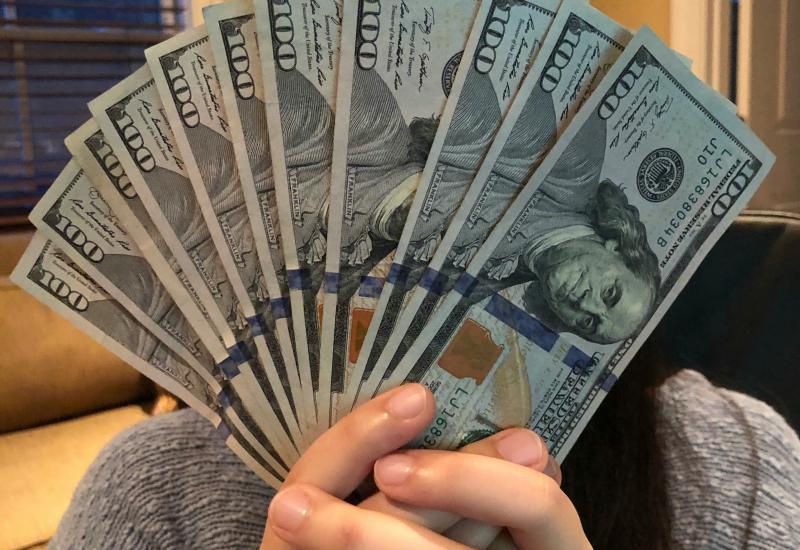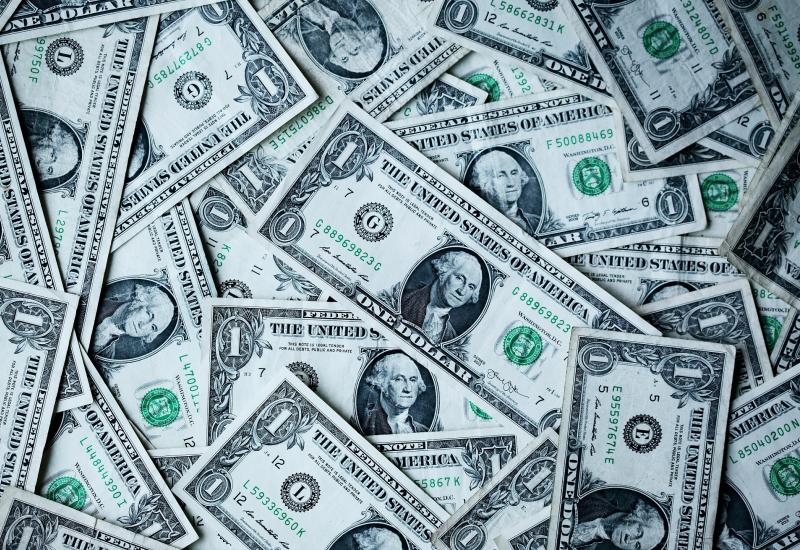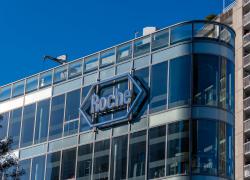
Revolution mortgages royalties for more cash
“We need all the capital we can get our hands on," the company states.
“We need all the capital we can get our hands on," the company states.

The RAS inhibitor specialist Revolution Medicines was already well funded, but a deal with Royalty Pharma, announced on Tuesday, has given the group a total $4bn pot to draw on. The company’s stock initially slumped 2%, likely on fears that the agreement could make a buyout less likely, but rallied to close flat by the end of the day.
On an investor call Revolution’s chief executive, Mark Goldsmith, insisted that this was the “right deal with the right partner at the right time”. He added that the company had also considered an ex-US commercialisation partnership, but ultimately concluded that the royalty transaction, worth up to $2bn, gave it the most flexibility and autonomy.
While Goldsmith said the company received “credible and tempting” offers from potential pharma partners, these might have fallen short of what Revolution wanted. The company’s market cap is a hefty $7.5bn, maybe explaining why the group hasn’t yet been taken out, despite speculation.
The CEO made much of the fact that the Royalty deal allowed Revolution to remain in control of its own destiny, but the company now faces the daunting prospect of a solo global launch should its lead project, the pan-RAS inhibitor daraxonrasib, make it to market. While a broad commercial partner is off the table, though, the group might still consider regional deals for certain geographies.
Goldsmith added that an alternative financing avenue, an equity raise, would have been difficult to achieve in the current market, and would have led to substantial dilution.
Why now?
One question is why Revolution has chosen this moment to raise money at all, when it already had a cash pile of $2bn.
Shedding some light on this the group’s president of R&D, Steve Kelsey, said: “We need all the capital we can get our hands on.” He pointed to Revolution’s broad portfolio and extensive phase 3 plans; the company already has four pivotal trials of daraxonrasib under way or planned, in pancreatic cancer and NSCLC, and could pursue other tumour types.
Revolution has two more clinical-stage assets, the G12D-selective zoldonrasib and the G12C-selective elironrasib, and is also testing combinations.
With all this going on, Revolution was likely adhering to the old adage that it’s a good idea to raise money when possible, rather than waiting until it’s absolutely necessary.
$250m up front
While the deal could be worth $2bn, only $250m is coming up front. Another $250m is tied to a positive readout from the ongoing Rasolute-302 trial of daraxonrasib in second-line pancreatic cancer; data are expected next year.
Revolution can then choose whether to draw on another $750m as part of the royalty transaction, if certain milestones are hit.
The deal also includes a loan of up to $750m. $250m of this will be triggered by approval of daraxonrasib in metastatic pancreatic cancer by January 2028. Revolution can opt in to two more $250m tranches, dependent on sales milestones.
Breaking down Revolution’s deal with Royalty Pharma
| Amount | Timing | Note |
|---|---|---|
| Royalty agreement | ||
| $250m | Up front | Royalty rates: 4.55% on first $2bn, 2.50% on $2-4bn, 1.00% on $4-8bn & 0 above $8bn* or 7.80% on first $2bn, 4.55% on $2-4bn, 2.40% on $4-8bn & 0 above $8bn** |
| $250m | On positive readout from Rasolute-302 2nd-line PDAC trial | |
| $250m | Optional, on FDA approval of daraxonrasib for 2nd-line PDAC by 1 Jul 2028 | |
| $250m | Optional, on meeting sales milestone by 1 Jan 2029 | |
| $250m (incl $100m sub-tranche) | Optional, on positive ph3 readout in 1st-line PDAC with daraxonrasib or zoldonrasib by 1 Jan 2030 | |
| Loan | ||
| $250m | Following first FDA approval of daraxonrasib for metastatic PDAC by 1 Jan 2028 | Interest only, matures on 6-year anniversary of tranche A funding date, or 31 Dec 2032 (whichever is earlier) |
| $250m | Optional, based on sales milestones | |
| $250m | Optional, based on sales milestones | |
Note: *assumes Revolution draws first $500m; **assumes Revolution draws entire $1.25bn. Source: SEC filing.
One notable aspect of the deal is that royalties would decrease with increasing daraxonrasib sales.
Another is that the G12D-selective project zoldonrasib would also be subject to royalties if it's approved in the same indication as daraxonrasib; both are being tested in pancreatic cancer and NSCLC.
Goldsmith declined to give details about pivotal plans for zoldonrasib, although he said these were “top of mind”. The company has previously said it plans to start one or more pivotal combination trials in 2026, incorporating either zoldonrasib or the G12C-selective elironrasib. The latter isn't involved in the Royalty deal.
As of March, Revolution had enough money to get it into the second half of 2027; in light of Tuesday’s deal it has removed cash runway guidance, and will provide an update in its second-quarter earnings report.
For now, the company’s R&D plans haven’t changed. “We’re just in a stronger position to commit to prosecuting the plans,” said Kelsey. However, Revolution didn’t rule out raising more in future, should its efforts become more extensive.
Revolution Medicines’ phase 3 trials
| Trial | Setting | Regimen | Timing |
|---|---|---|---|
| Rasolute-302 | 2nd-line PDAC (RASm & RASwt) | Daraxonrasib 300mg/day, vs investigator’s choice chemo | Data due 2026; $250m tranche if positive |
| Rasolve-301 | 2nd/3rd-line RASm NSCLC | Daraxonrasib 200mg/day, vs docetaxel | Started May 2025 |
| Unnamed | 1st-line PDAC | Daraxonrasib +/- chemo, vs chemo | To start H2 2025 |
| Unnamed | Adjuvant PDAC | TBC | To start H2 2025 |
Source: OncologyPipeline & clinicaltrials.gov.
2243













